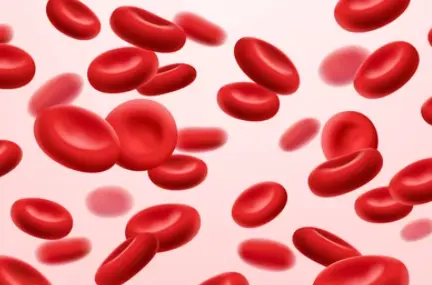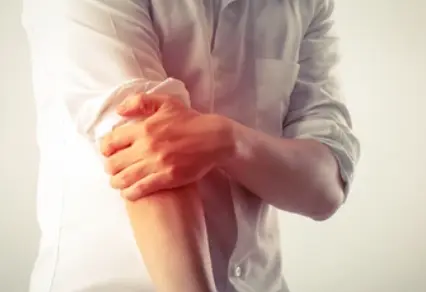 Welcome
Welcome
“May all be happy, may all be healed, may all be at peace and may no one ever suffer."
- A
- B
- C
- D
- E
- F
- G
- H
- I
- J
- K
- L
- M
- N
- O
- P
- Q
- R
- S
- T
- U
- V
- W
- X
- Y
- Z
Intermittent claudication - Generics
Intermittent claudication is a symptom that is typically associated with peripheral artery disease (PAD). It is characterized by pain or cramping in the legs, thighs, or buttocks that occurs during physical activity and is relieved with rest. The pain may also occur at rest or while sleeping.
PAD is caused by a buildup of plaque in the arteries that supply blood to the legs. This plaque buildup can narrow the arteries, reducing blood flow to the legs and causing pain and discomfort. Risk factors for PAD include smoking, high blood pressure, high cholesterol, diabetes, obesity, and a family history of PAD.
Treatment for intermittent claudication may include lifestyle modifications such as quitting smoking, exercising regularly, and maintaining a healthy weight. Medications may also be prescribed to help manage symptoms and prevent complications. In severe cases, surgery or other procedures may be necessary to improve blood flow to the legs and relieve symptoms.
If you are experiencing symptoms of intermittent claudication, it is important to speak with your healthcare provider to determine the underlying cause and develop an appropriate treatment plan.

Hemophilia A

Infiltration anesthesia

Subarachnoid hemorrhage

Dry Irritated eyes

Scaly skin disease

Lichen sclerosis

Pain and inflammation

Tonic-clonic status epile...
Intermittent claudication, ইনটারমিটেন্ট ক্লাউডিকেশন
To be happy, beautiful, healthy, wealthy, hale and long-lived stay with DM3S.